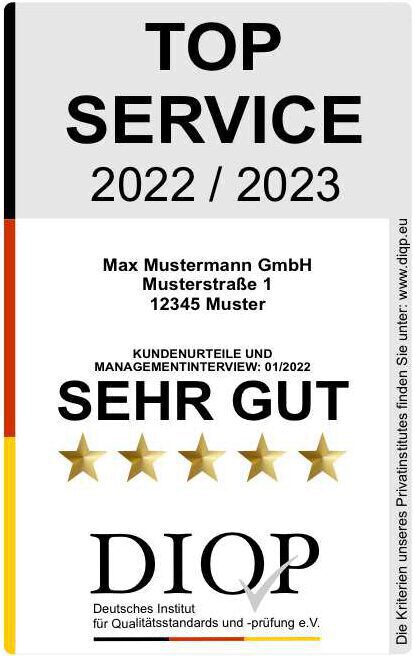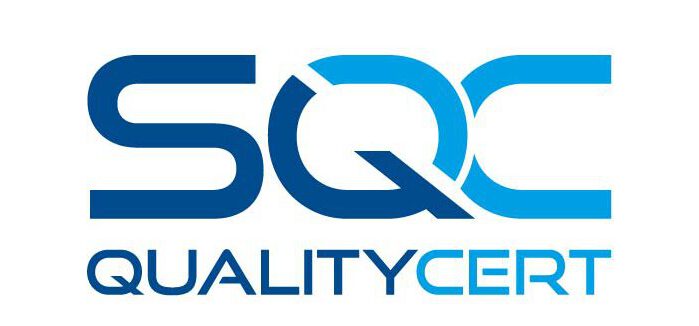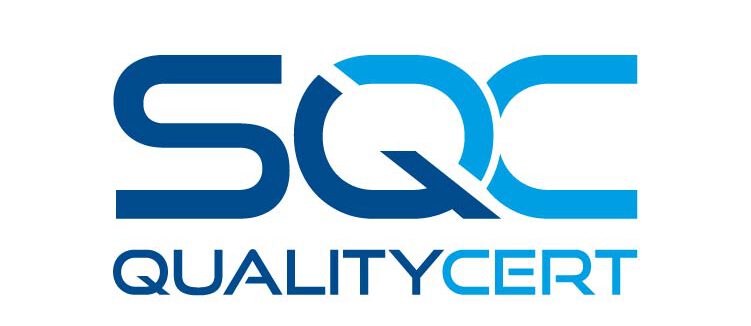
What is a quality seal ?
In the scientific literature on the subject, there is no uniform definition of the term quality seal. For example, the terms quality seal, label, quality mark, employer’s seal and, for example, seal are also used synonymously in the literature. Due to the lack of a uniform definition, selected definition approaches are presented below and the term quality seal is used uniformly.
The Gabler Wirtschaftslexikon (2022) defines a cachet, for example, as.
„[…] grafische oder schriftliche Kennzeichnung von Angeboten, die dem
Verbraucher eine bestimmte Güte und Qualität signalisieren.“
Gablers Wirtschaftslexikon
“[…] graphic or written labeling of offers that signals to the
consumer a certain grade and quality.”
Hofmann, on the other hand, describes cachets as
„[…] Bezeichnungen, die von speziellen Gütegemeinschaften verliehen
werden und für objektiv nachprüfbare Qualitätskriterien stehen.“
Hofmann, I. (2001). Verbraucherratgeber Lebensmittel. Niedernhausen: Falken Verlag.
“[…] designations, which are lent by special quality associations
and stand for objectively verifiable quality criteria.”
Georg agrees with the above explanations and describes a quality seal as proof of one or more quality features. Rheinbay and Günther add that quality seals can be understood as an indication of quality control guaranteed by quality associations, federations and other neutral bodies.
A quality seal is understood to be a word or picture symbol that makes a quality statement in relation to an area or an entirety. This can also refer to individual aspects of a company, an organization, a product or, for example, a service, as Gierl and Winkler state. But it is also possible for a company to be awarded an employer seal of approval for its attractiveness as an employer. According to Hogreve, seals of approval are usually awarded by a third party. This can be a certification company, a publishing house or a consumer organization, for example. Quality seals are understood as extrinsic quality signals.

The awarding of a seal of approval should be carried out exclusively by independent third parties, such as independent organizations, in order to generate a high level of trust on the part of consumers. This is also urgently recommended from the point of view of competition law in Germany, so that seal users do not run the risk of acting in an anti-competitive manner. In addition, when the seal is used online, a link should be provided to the seal provider and the specific conditions that led to the award. This applies in particular from the point of view of transparency and serves to avoid warnings for possible violations of the Unfair Competition Act, in german the Gesetz gegen den unlauteren Wettbewerb (UWG).
In addition, the seal provider should be independent of manufacturers and distributors and should not participate economically in the sale of products/services (2001, pp. 4-9). This view of Larceneux is consistent with the case law of the Federal Court of Justice, which in its ruling of 04.07.2019 (https://juris.bundesgerichtshof.de/cgi-bin/rechtsprechung/document.py?Gericht=bgh&Art=en&Datum=Aktuell&nr=102968&pos=29&anz=493&Blank=1.pdf [retrieved on: 18.06.2022]) with the file numbers I ZR 161/18 states as follows:
„Ein Gütesiegel oder Prüfzeichen wird vom Verkehr dahingehend verstanden, dass ein neutraler Dritter mit entsprechender Kompetenz die damit versehene Ware nach objektiven und aussagekräftigen Kriterien auf die Erfüllung von Mindestanforderungen geprüft hat.“
Bundesgerichtshof (BGH) in seinem Urteil vom 04.07.2019
“A quality seal or test mark is understood by the public to mean, that a neutral third party with the corresponding competence has assessed the has tested the goods bearing it according to objective and meaningful criteria for the fulfillment of minimum compliance with minimum requirements.”
Summary:
In summary, a cachet can be understood as an illustration that is intended to attribute a certain quality to a product, service, or organization in general.
Sources:
DIQP Deutsches Institut für Qualitätsstandards und -prüfung e.V. (2022). Was ist ein Gütesiegel und wie wird es vergeben? Zugriff am: 02.09.2022. Verfügbar unter: https://www.diqp.eu/guetesiegel-erkennen/
Gabler Wirtschaftslexikon (2022). Definition – Was ist ein Gütezeichen? Zugriff am 09.06.2022. Verfügbar unter: https://wirtschaftslexikon.gabler.de/definition/guetezeichen-36775
Georg, J. H. (2019). Stromvertrieb im digitalen Wandel. Wiesbaden: Springer Verlag.
Gierl, H.; Winkler, S. (2000). Neue Gütezeichen als Qualitätssignale. Marketing ZFP 22 197-207.
Haenraets, U.; Ingewald, J., Haelhoff, V. (2012). Gütezeichen und ihre Wirkungsbeziehungen – ein Literaturüberblick. In: Der Markt. 51 (4), S. 147-163.
Hofmann, I. (2001). Verbraucherratgeber Lebensmittel. Niedernhausen: Falken Verlag.
Hogreve, J. (2006). Die Wirkung von Dienstleistungsgarantien auf das Konsumentenverhalten. Diss. Hagen 2006.
Rheinbay, P.; Günther, A. (2000). Rechtsfragen des Dienstleistungsangebotes. In: Bruhn, M.; Strauss, B. Dienstleistungsmanagement Jahrbuch 2000, Wiesbaden: Springer.

